Hazard Communication Training – [Video Course Kit]
$239

This Hazard Communication training video will help educate your workers on the hazards in their work areas, AND keep your compliant with the OSHA Standard. This “Right to Know” or HAZCOM training will teach your workers all about chemical hazards, Safety Data Sheets, as well as the importance of each facility’s written Hazard Communication program.
This Hazard Communication Course for General Industry Covers the Following:
- What is a Safety Data Sheet, and how does it differ from the “old” Material Safety Data Sheet or MSDS?
- What information is included on a Safety Data Sheet, how to read an SDS label, and information on pictograms
- The importance of understanding how to store and use chemicals in the workplace properly
- What is the Globally Harmonized System or GHS and what are the new GHS standards?
- How the standardization of chemical labels brought on by GHS helped alleviate confusion around chemical safety (chemical labels now present information in a uniform manner, standardized symbols are now in place, etc.)
OSHA’s Hazard Communication Standard Discussion:
- What are the basics that are included in any Hazard Communication Program? (the types of potentially hazardous materials in the workplace, where they are located, how they are labeled, where the Safety Data Sheets are kept, how employees will receive their training, and anything else relevant to chemical safety at your specific facility)
- The purpose of the establishment of OSHA’s Hazard Communication Standard (HazCom) is to ensure employees have the right to know about hazardous materials.
- What are the different “groups” or “classes” of hazardous chemicals why is it important to understand each class, and how do they affect the people who use them
- An overview and definition for toxic substances, poisons, corrosives, irritants, acids, and bases, as well as flammables and combustibles
HAZCOM Training Additional Topics Discussed:
- A discussion on flammable gases like hydrogen, propane, and acetylene as well as the proper storage such as a flammable materials cabinet
- The importance of recognizing carcinogens and suspected carcinogens and how to use them properly
- What to do in the case of chemical splashes, inhalation, ingestion, or skin contact
- What is the concept of “duration of exposure,” and why is it important?
- A complete discussion on the importance of proper Personal Protective Equipment and the role it plays in keeping workers safe
- What to do in the case of a leak or spill of a hazardous chemical
- How to properly clean up a chemical spill while containing the spill and minimizing further contamination
The Role of Safety Data Sheets:
- What are the three main sources of hazardous materials? (Safety Data Sheets (SDS), hazmat container labels, and the company’s written hazard communication program
- What are the different ways of classifying chemicals, and how communicating hazard information to your employees is an OSHA requirement
- Details about Safety Data Sheets (SDSs) and their standardized presentation according to the United Nations Globally Harmonized System of Classification and Labeling of Chemicals (GHS)
- What are the requirements for hazmat container labels, and how in-house labels should display all the required information
- Routes of entry for hazardous materials: skin contact, inhalation, and ingestion
- Proper storage conditions for different hazardous materials to prevent accidents
- and much more…
All employees need training on Hazard Communications, and this video will fill that need. It comes complete with a trainee quiz and Training Completion Certificate so you can document your employee training efforts.
HAZCOM Training Delivery Methods:
This training course is 22 minutes in length and comes in either an English or Spanish language option and on either a DVD or USB Stick. We also offer this training with an online option, either as a standalone training course or as part of a larger online safety training library.
This Complete HAZCOM Safety Training Program Includes These Items:
- Full-length Hazcom Safety Training Video
- Employee quiz and answer sheet
- A “Presenter’s Guide” if you are going to do this training in person
- A Hazard Communication PowerPoint that you can edit for your specific company
- A printable training sign-in sheet to keep track of your training program
- A “Talking Point” document that presenters can use with the PowerPoint presentation
- A printable Certificate of Completion. You can print as many copies of the Certificate as you need
Hazard Communication Training Video – Full Length Preview:
20 reviews for Hazard Communication Training – [Video Course Kit]
| 5 star | 65% | |
| 4 star | 25% | |
| 3 star | 10% | |
| 2 star | 0% | |
| 1 star | 0% |
![Hazard Communication Training - [Video Course Kit]](https://www.safetyvideos.com/wp-content/uploads/2022/02/products-21-2-150x150.png)
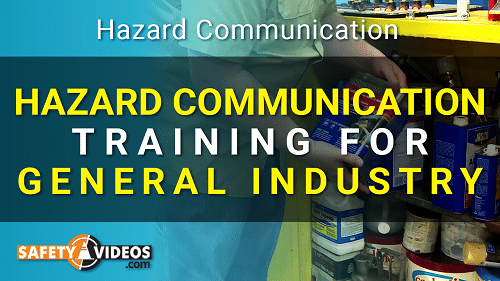
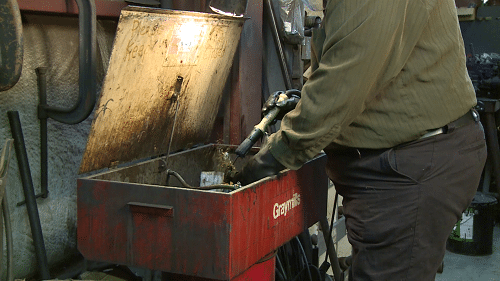

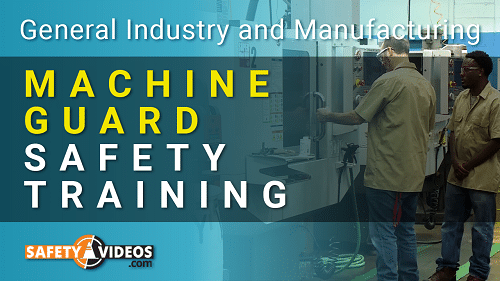
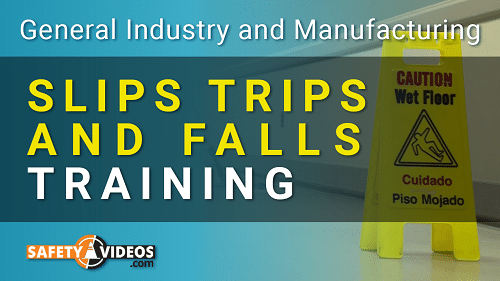
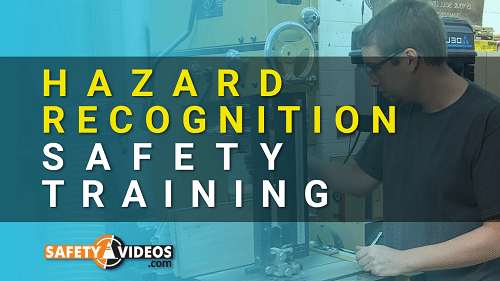
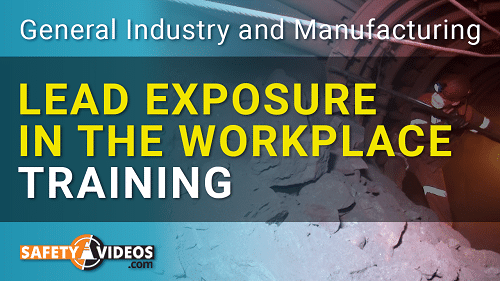
I have ordered several training videos. These guys are great with customer satisfactory.
My company enjoys these Safety Videos for my team, we will continue to purchase them.
A great tool for anyone to have in their toolbox of safety training.